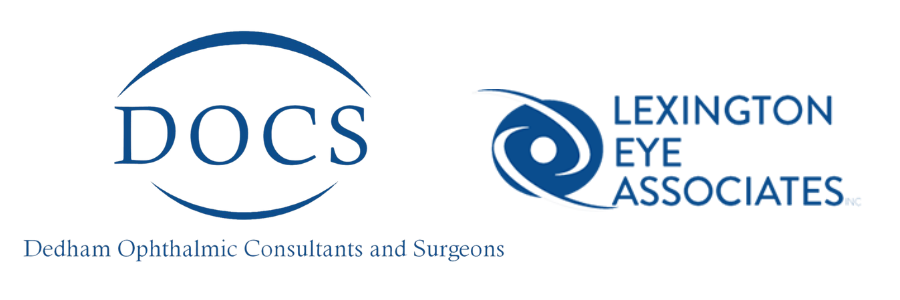Immature cataracts have very little impact on your vision.
Did you know that when you first start developing a cataract, it has very little impact on your vision? You may notice a little blurriness in your vision, however, if you are over the age of 40, you have most likely been dealing with blurry vision already. Blurry vision in our 40’s is typically caused by presbyopia – a discussion for another day.
So, how do you know if the blurriness is from presbyopia or an early developing cataract? Hazy-landscapes could be the indication of developing cataracts. After all, the blurry vision you started experiencing in your 40’s was rectified with readers or extending your arm closer or away from you. But with cataracts, the haze is more consistent – regardless of your reading glasses.
Cataracts can also make light from the sun or a lamp seem too bright or glaring. Maybe you have started to notice some sensitivity to oncoming lights when driving at night? Maybe a little more glare is coming off them than you have been used to?
Are you noticing that colors are less vibrant to you? This too could be the early warning signs of a developing cataract.
The type of cataract you have will also affect which symptoms you experience and how soon they will occur.
When a nuclear cataract first develops, it can bring about a temporary improvement in your near vision, called ‘second sight’. GREAT article that explains ‘second sight’.
Unfortunately, the improved vision is short-lived and will disappear as the cataract worsens. On the other hand, a subcapsular cataract may not produce any symptoms until it’s well-developed.
What causes cataracts, and how might I prevent myself from getting them?
Age is the number one contributor to the development of cataracts, however, it is not the only. Cataracts are cloudy areas in the eye’s lens (the normally transparent structure within the eye that focuses images on the light-sensitive retina).The lens is mostly made of water and protein. The protein is arranged in a precise way that keeps the lens clear and lets light pass through it.
As we age, some of the protein may clump together and start to cloud a small area of the lens. This is a cataract, and over time, it may grow larger and cloud more of the lens, making it harder to see.
Researchers worldwide have identified other factors that may cause cataracts or are associated with cataract development.
Other causes of cataracts:
- Certain diseases (for example, diabetes, hypertension, obesity).
- Personal behavior (smoking, alcohol use).
- Eye conditions (high myopia)
- The environment (prolonged exposure to ultraviolet sunlight).
- Prolonged use of corticosteroid medications
- Previous eye injury or inflammation
- Previous eye surgery
- Hormone replacement therapy
- Family history
How does one prevent cataracts from happening?
Resource: AllAboutVision
One theory of cataract formation that’s gaining favor is that many cataracts are caused by oxidative changes in the human lens. This is supported by nutrition studies that show fruits and vegetables high in antioxidants may help prevent certain types of cataracts.
Several studies have determined that cataracts cannot really be prevented. However, a number of studies suggest certain nutrients and nutritional supplements can help reduce the risk of cataracts.
Some studies have determined that patients getting higher dietary intakes of vitamin E from food and supplements were found to have a significant decrease in the risks of cataract. Good food sources of vitamin E include sunflower seeds, almonds and spinach.
Other studies have shown antioxidant vitamins such as vitamin C and foods containing omega-3 fatty acids may also reduce cataract risk.
Another step to help reduce the risk of cataracts is to wear protective sunglasses that block 100 percent of the sun’s UV rays when outdoors.
However, the BEST way to determine if you are at RISK of getting cataracts is to visit your local ophthalmologist for routine eye examinations. Yearly examinations will allow for early detection and prevention of cataracts.
‘SEE’ you soon!




